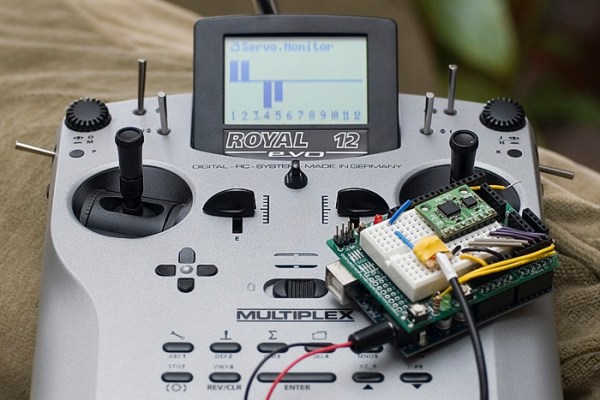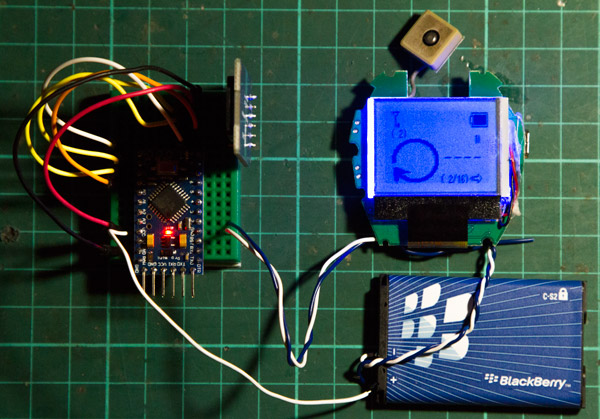Visualize some radio controlled airplane fanatic of yesteryear, with the requisite giant controller hanging from a strap, neck craned to see the buzzing dot silhouetted against the sky. It’s kind of a stereotype, isn’t it? Those big transmitters were heavy, expensive, and hard to modify, but that was just part of the challenge. Additionally, the form factor has to a degree remained rigid: the box with gimbals — or for the 3-channel controller, the pistol-grip with the big pot that looks like a cheesy race car wheel.
With so much changing in RC capabilities, and the rise of custom electronics across so many different applications, can commodity RC controllers stay relevant? We’re facing an age where the people who invest most heavily in RC equipment are also the ones most likely to want, and know how to work with customization for their rapidly evolving gear. It only makes sense that someone will rise up to satisfy that need.
Continue reading “Can Commodity RC Controllers Stay Relevant?”













